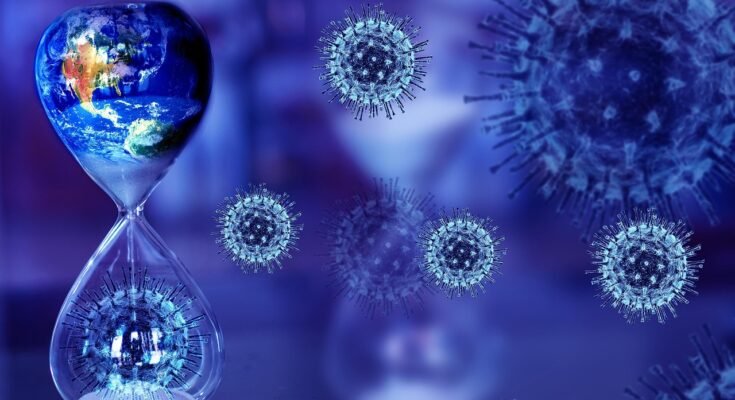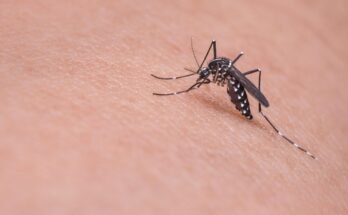COVID-19
Introduction
Covid-19 is one of the most impactful infectious of the 21st century. It was first identified in Wuhan, China, in late 2019. The disease is caused by the virus known as SARS COV-2 and rapidly spread across the world. the world health organization who declared it a global pandemic in March 2020.
COVID-19 affected many aspects of human life including health the economy, education and daily lifestyle. Many measures were taken to control it, such as travel restrictions closure of public gathering places and health awareness campaigns.
What is COVID-19?
COVID-19 is a disease that affects human respiratory system and is caused by the SARS COV-2 virus.
The name COVID-19 stands for Coronavirus disease 2019.
The disease spreads easily from person especially when an infected individual coughs or sneezes, releasing virus carrying droplets into the air. It’s can also be contracted by
Touching contaminated surfaces and then touching the nose eyes or mouth.
Definition.COVID-19
COVID-19 Is a contagious disease caused by the SARS-COV-2 virus.
It affects the lungs and can cause a range of symptoms from mild to severe. Some people experience the illness mildly or asymptomatically, while for others it can become serious, causing breathing problems, pneumonia, or even death. An infected person can spread the virus even before showing symptoms, making it extremely contagious within Communities.
Symptoms of covid-19 the most common symptoms of Covid-19 include.
Fever persistent cough fatigue
Shortness of breath difficulty loss of taste or smell
Body aches such as headaches, muscle pain, and sore throat
Severe symptoms may include. Serious difficulty breathing chest pressure
Confusion or loss of consciousness Blue or pale lips or face a sign of oxygen deficiency
Children the elderly, and people with underlying conditions such as diabetes or heart disease are more likely to develop severe illness.
Prevention of COVID-19
To prevent the spread of COVID-19
It is important to follow these health safety measures. Frequent hand washing with soap and water or use alcohol, based hand sanitizer wearing a face mask especially in public or crowded places. Social distancing Maintain a distance of at least 1.5 meters from others.
Avoid touching the face especially the nose mouth and eyes.
Vaccination Prepare the body’s immune systems to fight the virus effectively.
Stay home if symptomatic this help prevent spreading the virus to other.
Treatment of COVID-19
There is no specific cure for COVID-19 but there are treatments and care options that help relieve symptoms and reduce the severity of the disease. Treatment depends on how severe the illness is mild cases these can be treated at home with rest, hydration and over the counter medications like paracetamol.
Moderate to severe cases, hospital care may be necessary
Including oxygen therapy and specific antiviral medications drugs like remdesivir dexamethasone and others have been used in particular clinical setting.
Vaccines are a key tool in reducing the risk of infection serious illness and death. Multiple vaccines have been developed worldwide including Pfizer moderna AstraZeneca and others.
Conclusion
COVID-19 is a serious illness that has had a global impact although vaccines and supportive treatments exist, it remains vital for Communities to say cautious get vaccinated and continue practicing hygiene and distancing to control the virus spread. Awareness and cooperation are the keys to successfully overcoming COVID-19



